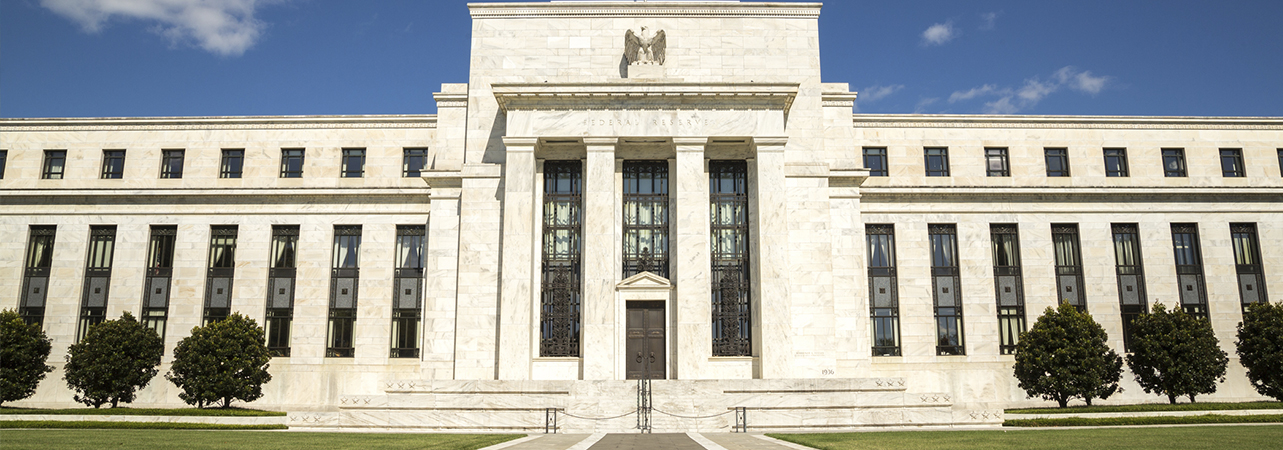As US businesses reopened their doors, retail sales surged during May following steep falls in March and April, rising by 17.7%. Nevertheless, it is feared that a subsequent surge in infection rates could derail this activity.
- Over 2.5 million cases of COVID-19 had been diagnosed in the US by the end of June
- The US economy added 2.5 million jobs in May
- The Fed expanded its direct asset purchases to include corporate bonds
To view the series of market updates through June, click here
As US businesses reopened their doors, retail sales surged during May following steep falls in March and April, rising by 17.7%. In particular, clothing sales soared by 188% in May compared with April, while sales at car dealerships rose by 44.1% and sales at electronics and appliance stores increased by 50.1%. Nevertheless, it is feared that a subsequent surge in infection rates could derail this activity. According to the WHO, over 2.5 million cases of COVID-19 had been diagnosed in the US by the end of June, with more than 126,000 deaths recorded.
“The Congressional Budget Office believes the pandemic could affect the US economy for years”
The Federal Reserve (Fed) predicts a 6.5% contraction in economic growth this year, but this forecast does not take into account the possibility of a “second wave” of COVID-19 infections. Looking ahead, the Fed expects households and businesses to experience “persistent fragilities” caused by the economic and financial impact of the pandemic. Central bank policymakers expanded the Fed’s programme of asset purchases to include the direct purchase of corporate bonds. Meanwhile, the Congressional Budget Office (CBO) believes the pandemic could affect the US economy for years to come, resulting in a 3% reduction in economic output between 2020 and 2030.
As businesses continued to reopen, the US economy added 2.5 million jobs in leisure & hospitality, construction, education, health services, and retail during May. The rate of unemployment fell from 14.7% in April to 13.3%. The news was tempered later in the month, however, as the number of fresh claims for unemployment benefits fell by less than expected.
Consumer sentiment continued to pick up in June, boosted by some encouraging jobs data and the reopening of the US economy. The University of Michigan believes that prospective growth in the economy was closely linked to progress against the coronavirus, warning: “The early reopening of the economy has undoubtedly restored jobs and incomes, but it has come at the probable cost of an uptick in the spread of the virus”.
The Dow Jones Industrial Average Index rose by 1.7% over June, while the S&P 500 Index climbed by 1.8%. Over the first six months of the year, the two indices fell by 9.6% and 4%. In comparison, the technology-rich Nasdaq Index rose by 6% during the month and by 12.1% over the first half of the year, hitting a new all-time high in June.
A version of this and other market briefings are available to use in our newsletter builder feature. Click here




